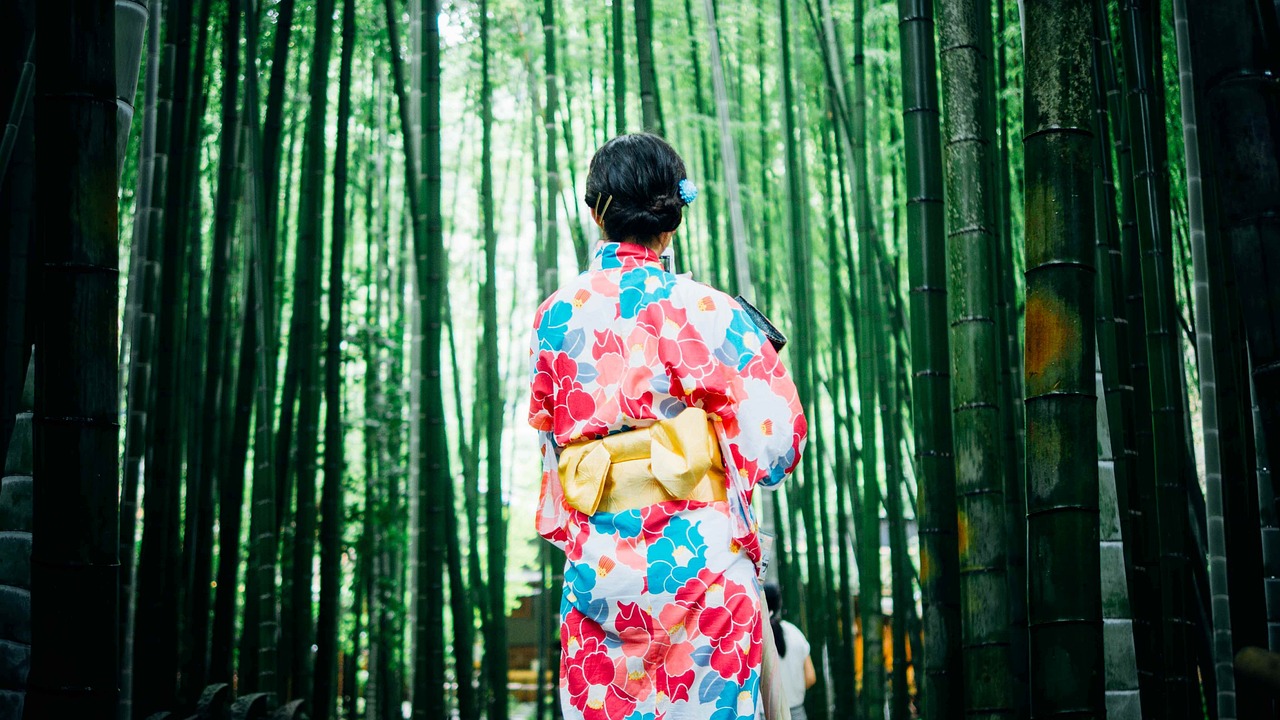This article explores the rich history and cultural significance of the kimono, a traditional Japanese garment. It delves into the different types of kimono, who wears them, and the occasions they are worn. The guide also provides practical advice on how to wear a kimono and discusses the modern relevance of this iconic attire.
Introduction to Kimono
The kimono is a traditional Japanese garment with deep cultural and historical roots. Originating from the Heian period (794-1185), kimonos have evolved significantly over the centuries, transitioning from everyday wear to attire reserved for special occasions. This iconic robe-like garment, characterized by its straight seams, wide sleeves, and a sash known as an obi, represents the epitome of Japanese craftsmanship and aesthetics. Beyond its visual appeal, the kimono is a symbol of Japan’s rich cultural heritage and continues to play a vital role in ceremonies and cultural practices today.
History and Evolution of Kimono
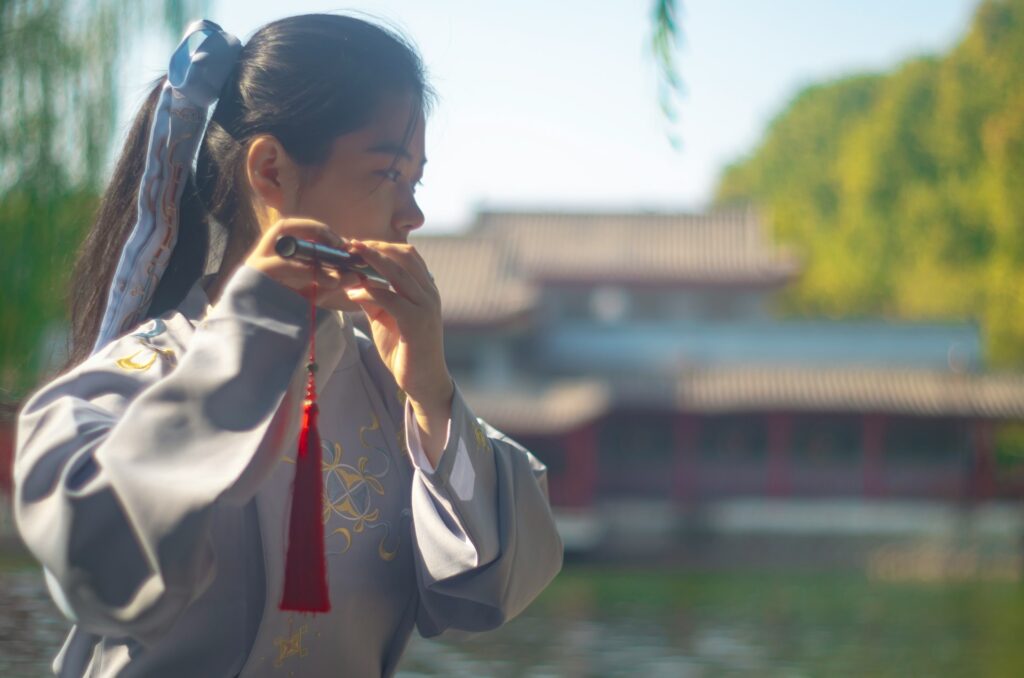
The history of the kimono reflects the dynamic shifts in Japanese society and culture. Initially, kimonos were influenced by Chinese Hanfu during the Nara period. Over time, they adapted uniquely Japanese characteristics, especially during the Edo period (1603-1868), when sumptuary laws dictated colors and patterns according to social status. The Meiji Restoration (1868-1912) introduced Western clothing, yet the kimono retained its ceremonial importance. Today, while rarely worn daily, the kimono remains a cherished garment for festivals, weddings, and tea ceremonies, illustrating the enduring legacy of this traditional attire.
Types of Kimonos and When They Are Worn
Kimonos come in various styles, each suited for different occasions and social statuses. The furisode, with its long sleeves, is worn by unmarried women during special occasions like coming-of-age ceremonies. The tomesode, with shorter sleeves and more subdued colors, is typically worn by married women. Yukata are casual cotton kimonos worn in summer festivals or at hot spring resorts. Each type of kimono has unique features that signify the wearer’s status, occasion, and season, making them integral to Japanese cultural identity.
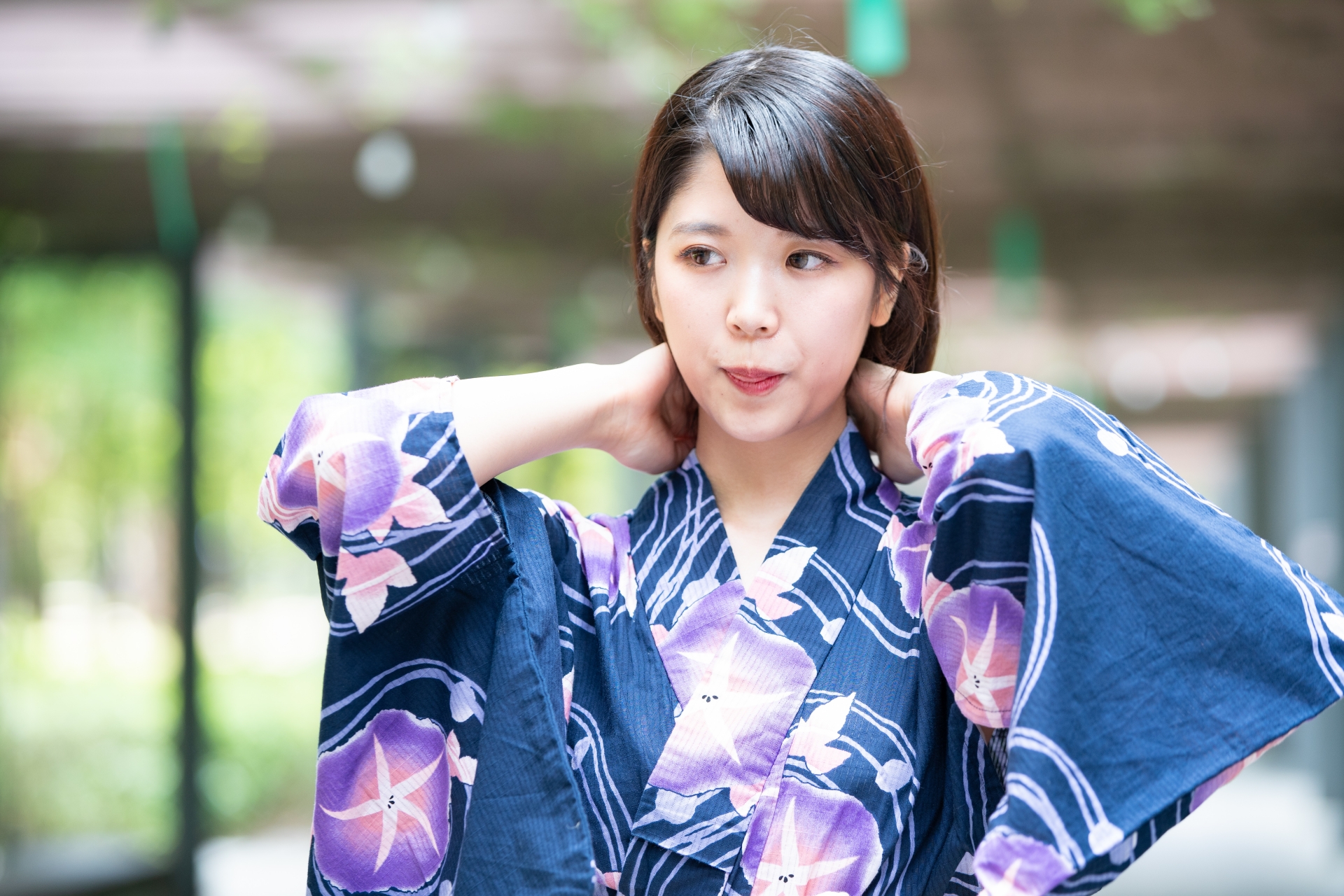
Formal and Informal Kimonos
Formal kimonos, such as the kurotomesode (black tomesode) and the irotomesode (colored tomesode), are worn during formal events like weddings or ceremonies. Informal kimonos, such as the komon (with small patterns) and tsukesage (with patterns rising from the hem), are suitable for more casual events. These distinctions ensure that the kimono not only reflects personal style but also respects cultural norms and etiquettes, underscoring the importance of context in Japanese dress codes.
Symbolism in Kimono Colors and Patterns
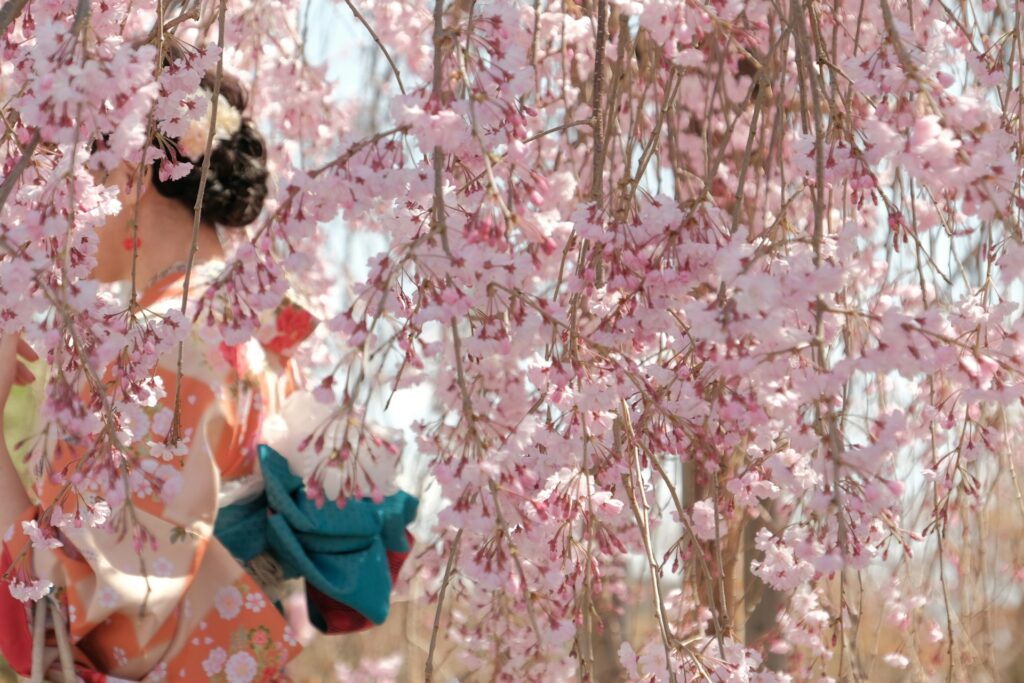
The colors and patterns on a kimono carry profound meanings, often relating to nature, seasons, and auspicious symbols. For instance, cherry blossoms on a kimono symbolize renewal and beauty, appropriate for spring. Similarly, cranes or tortoises, symbols of longevity and good fortune, are common in wedding kimonos. These intricate designs are not merely decorative but serve to convey messages and wishes, enriching the cultural tapestry of the kimono.
How to Wear a Kimono
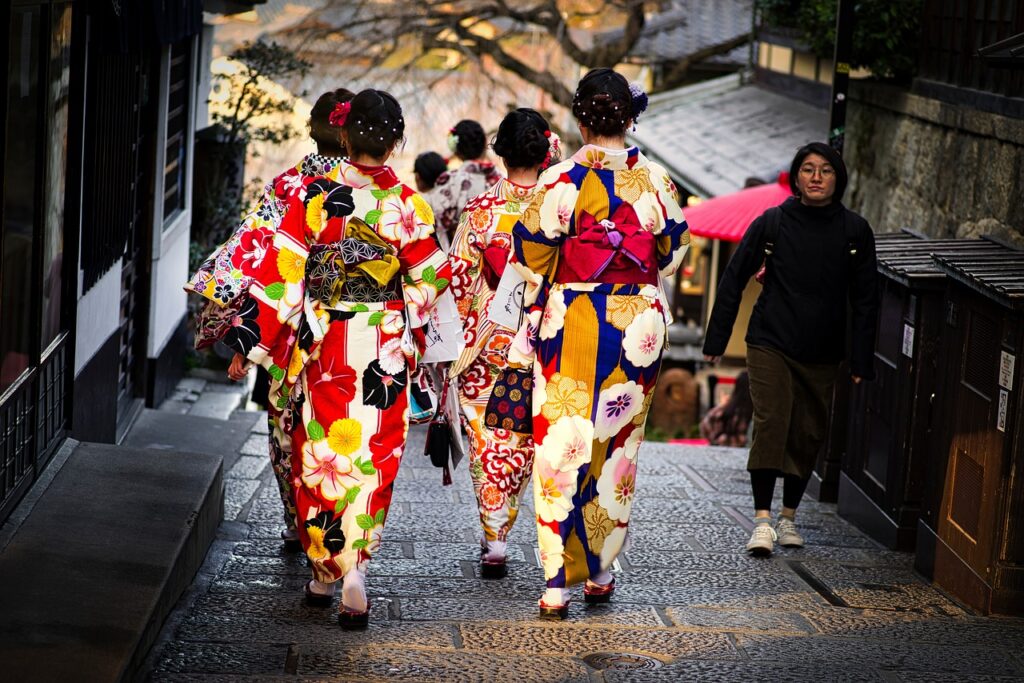
Wearing a kimono is an art that requires precision and practice. The process begins with donning the nagajuban (under-kimono) before wrapping the kimono itself. The kimono is secured with an obi, which can be tied in various decorative knots depending on the occasion and the wearer’s status. Accessories such as zori (sandals) and tabi (split-toe socks) complete the ensemble. Properly wearing a kimono involves understanding the garment’s layers and the significance of each component, ensuring respect for this traditional attire.
Modern Usage and Cultural Relevance of Kimonos
In contemporary Japan, kimonos are primarily worn during cultural festivals, traditional ceremonies, and by performers of traditional arts like tea ceremonies and ikebana. They are also popular among tourists and in global fashion, where designers often draw inspiration from kimono styles. This modern relevance highlights the kimono’s adaptability and its continuous role in Japanese culture.
Kimonos in Global Fashion
The influence of kimonos extends beyond Japan, inspiring global fashion designers who incorporate kimono elements into modern garments. This cross-cultural exchange enriches global fashion, showcasing the kimono’s timeless appeal and versatility. Designers like Alexander McQueen and Yohji Yamamoto have famously integrated kimono silhouettes and fabrics into their collections, demonstrating the garment’s enduring global impact.
Conclusion
The kimono is more than just traditional attire; it is a living symbol of Japanese culture and history. From its origins to its modern-day usage, the kimono encapsulates the beauty, complexity, and elegance of Japan. Its rich tapestry of styles, symbolism, and significance continues to fascinate and inspire people worldwide, ensuring that the kimono remains a cherished and enduring cultural icon.

